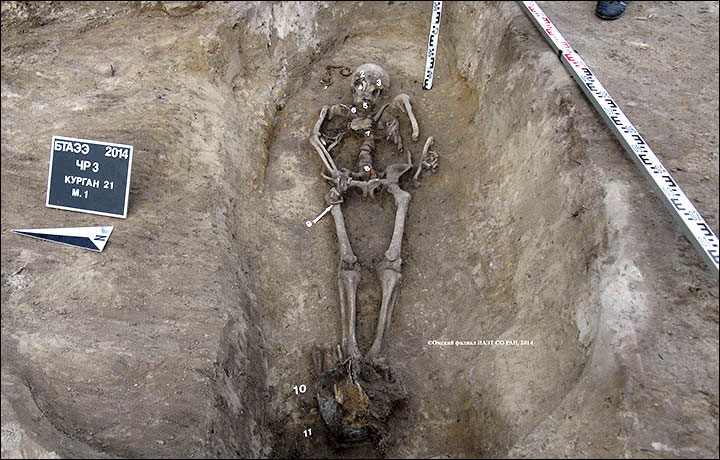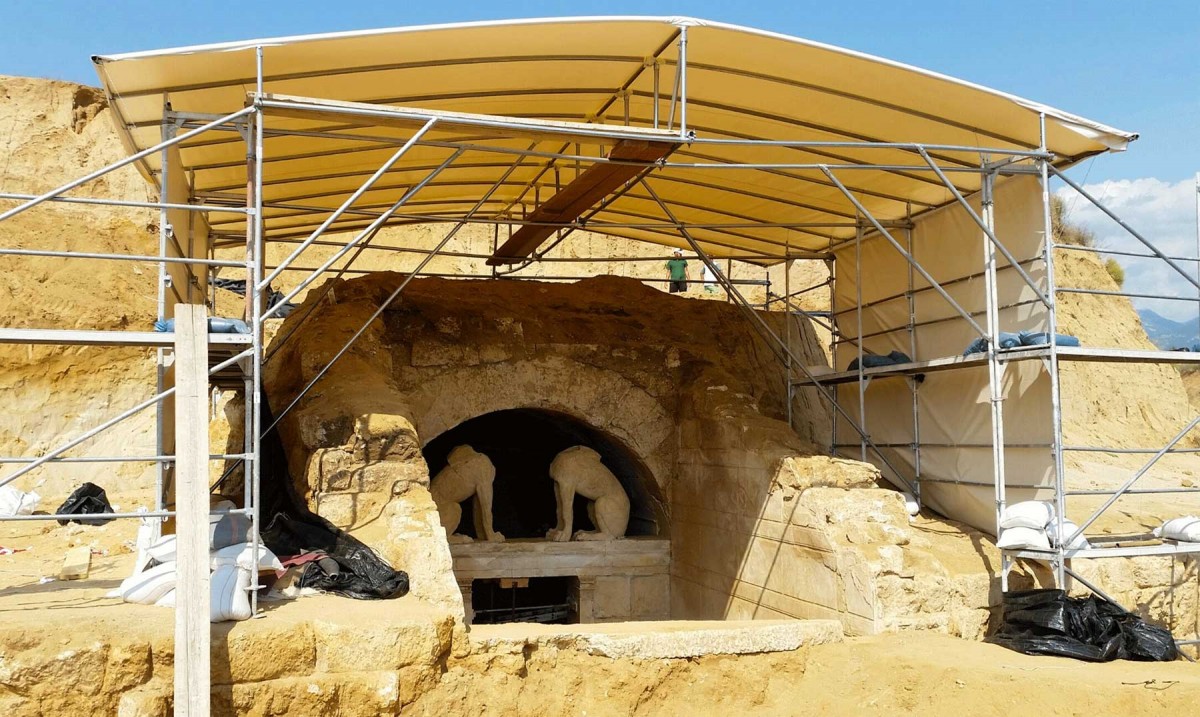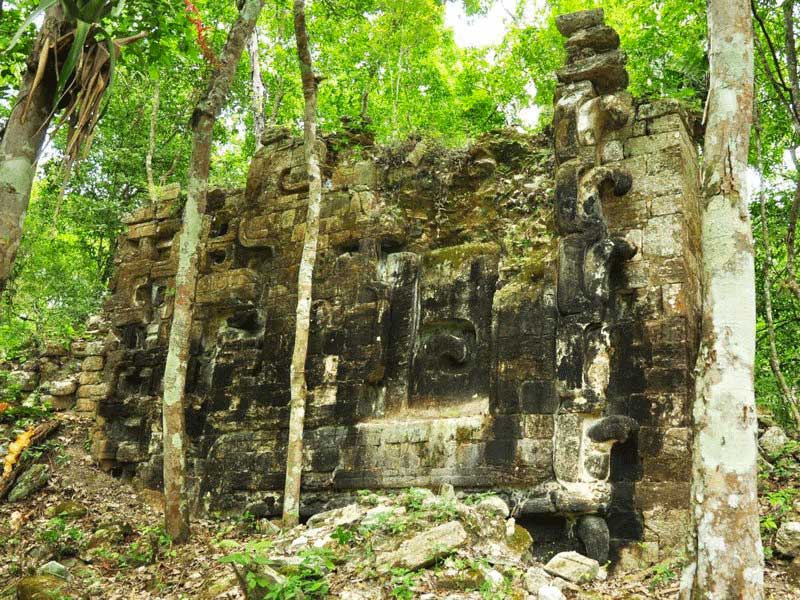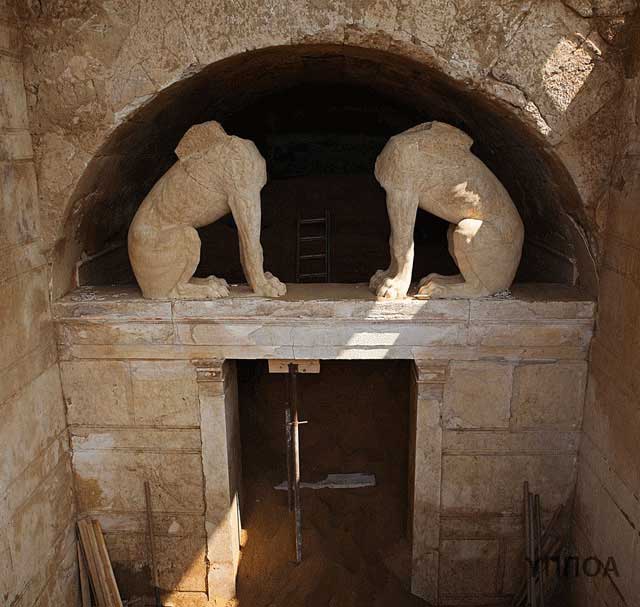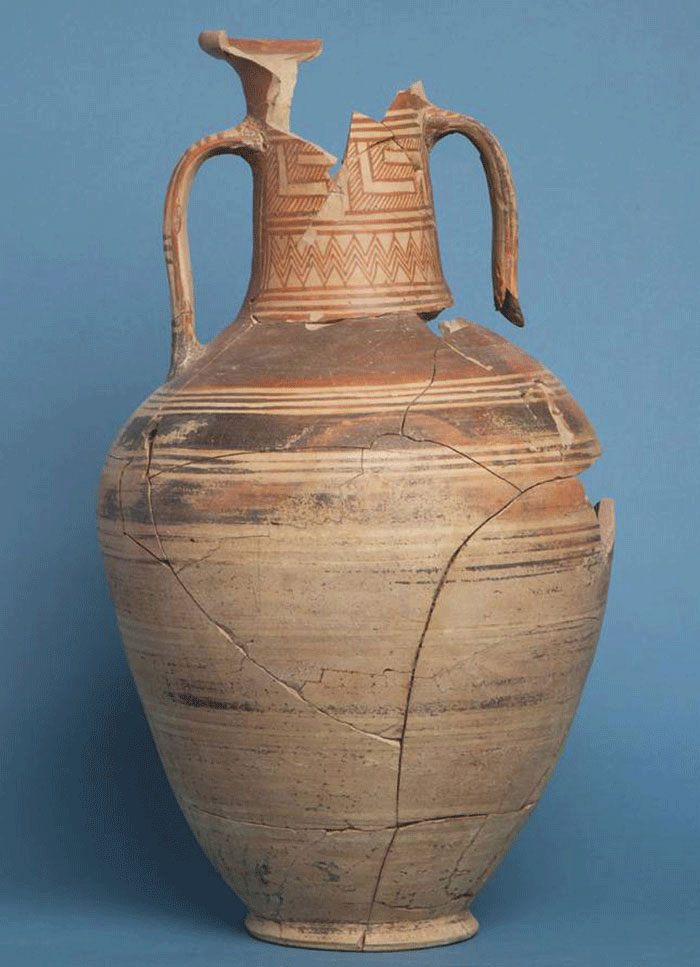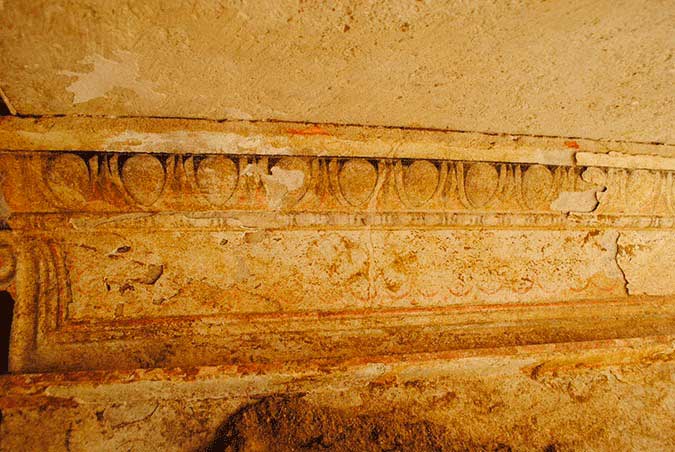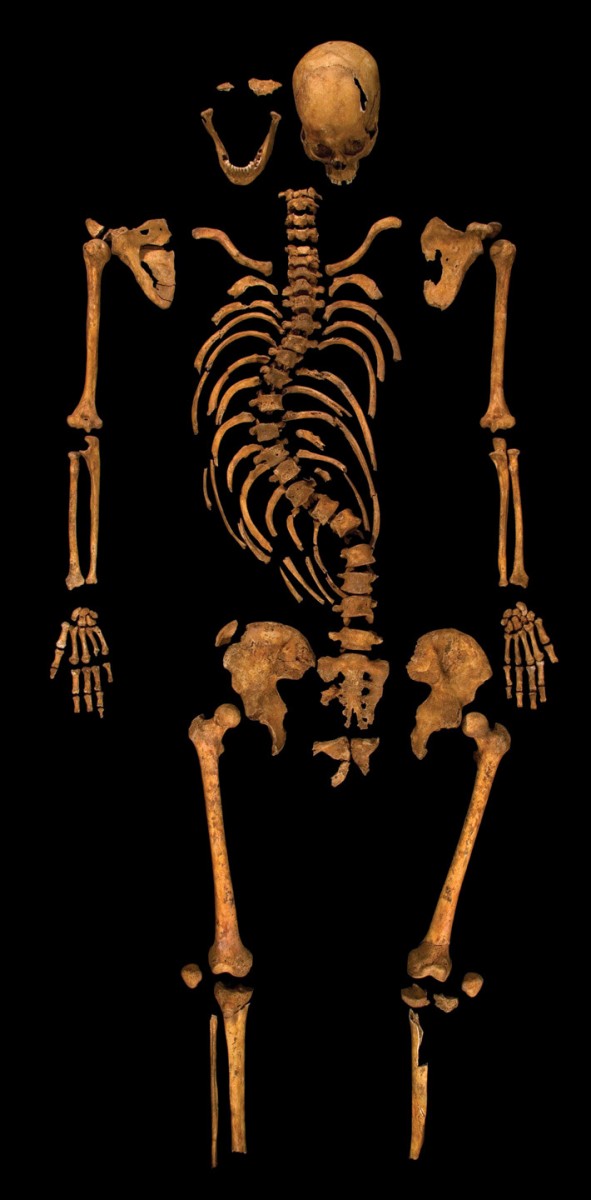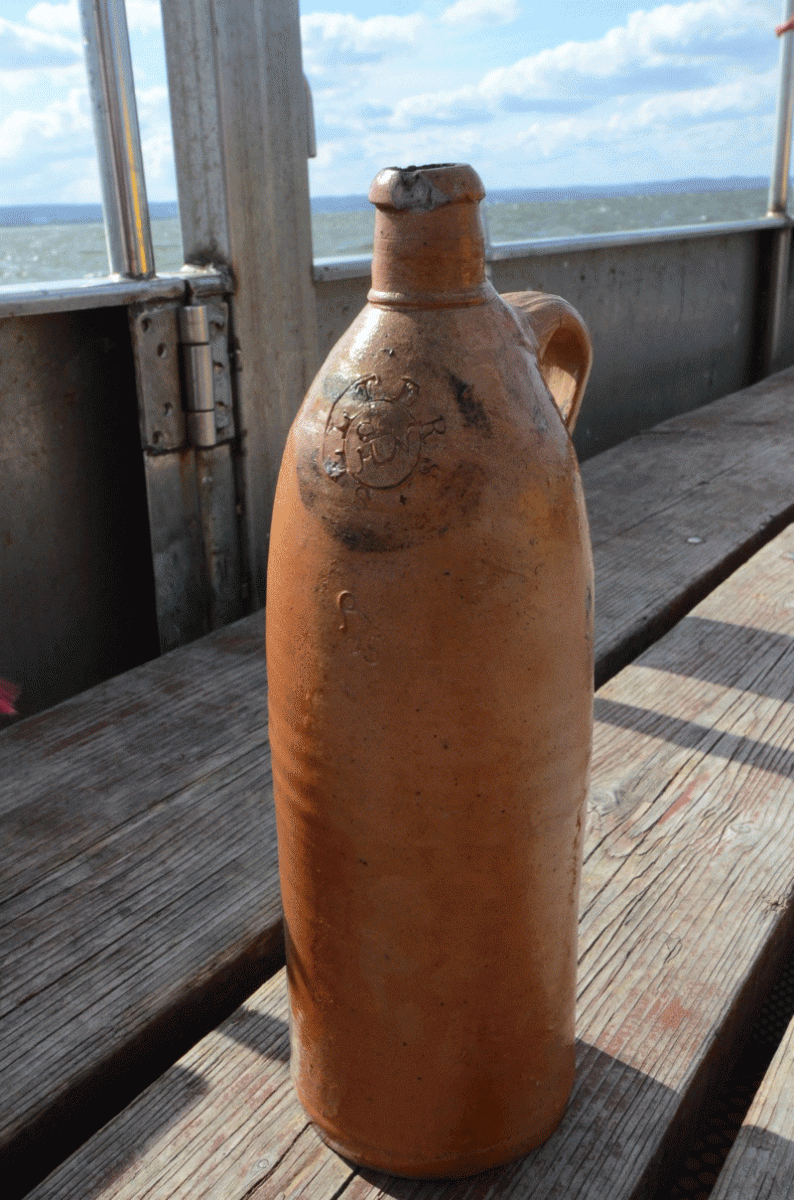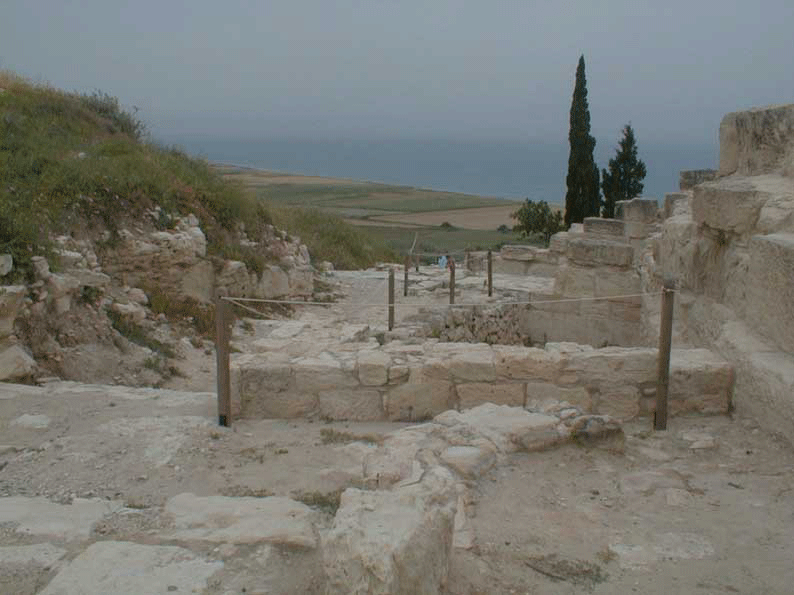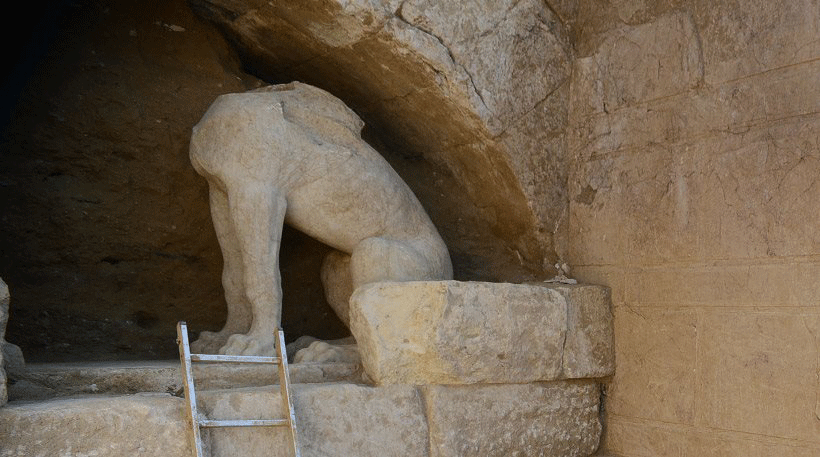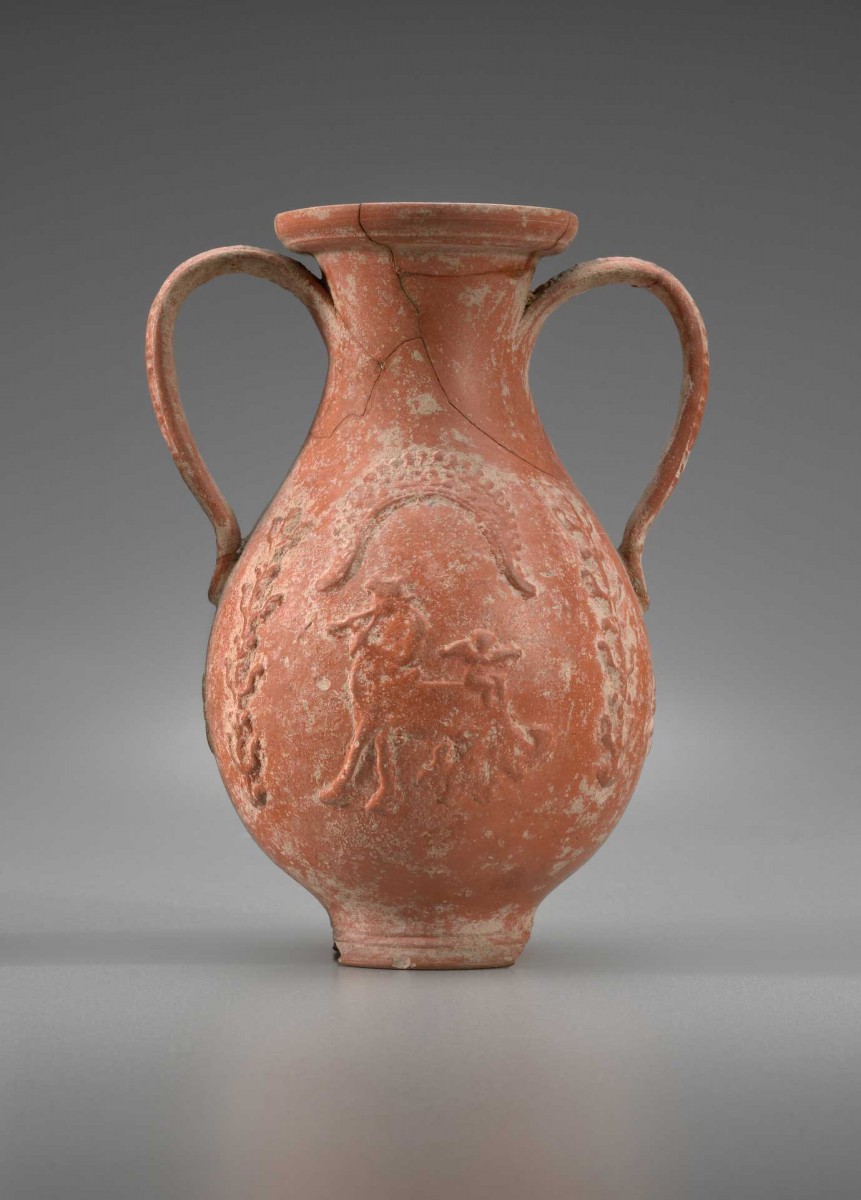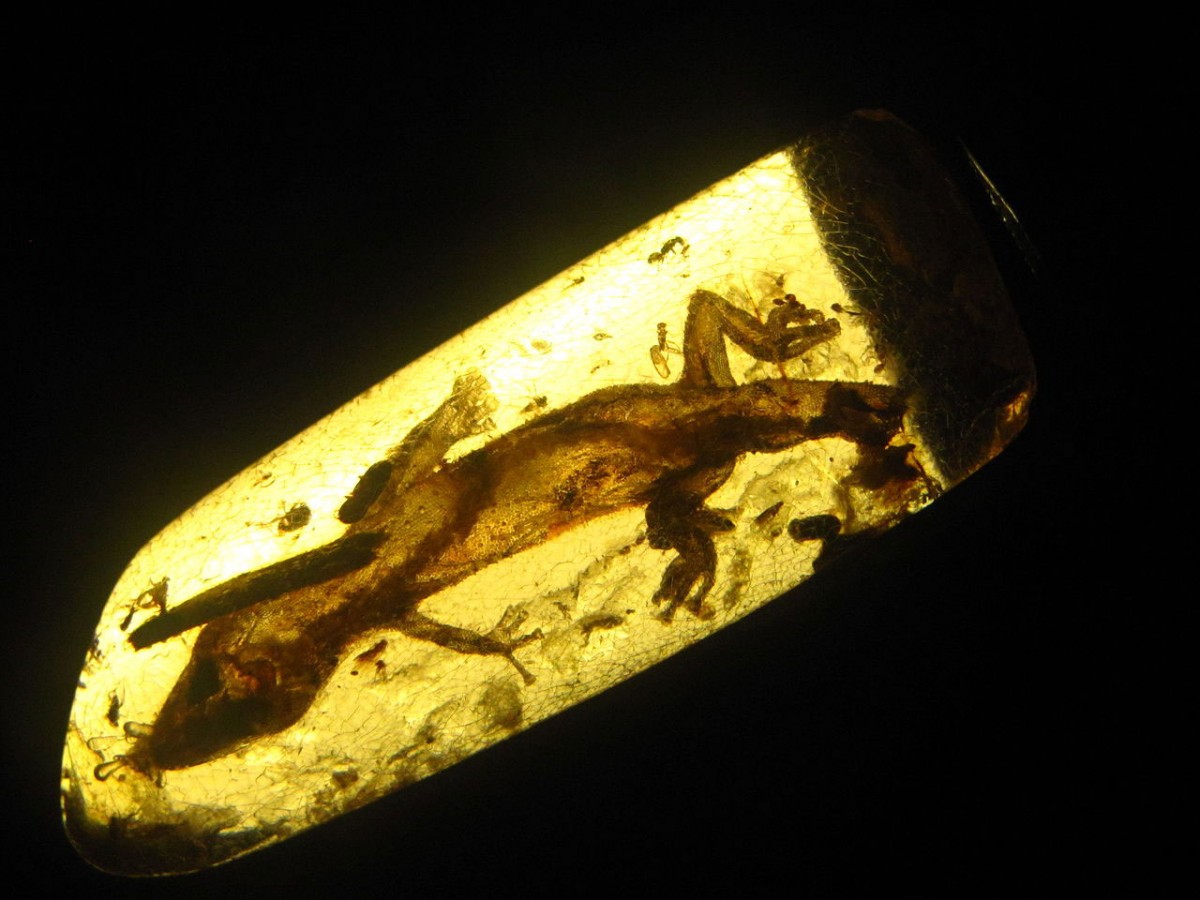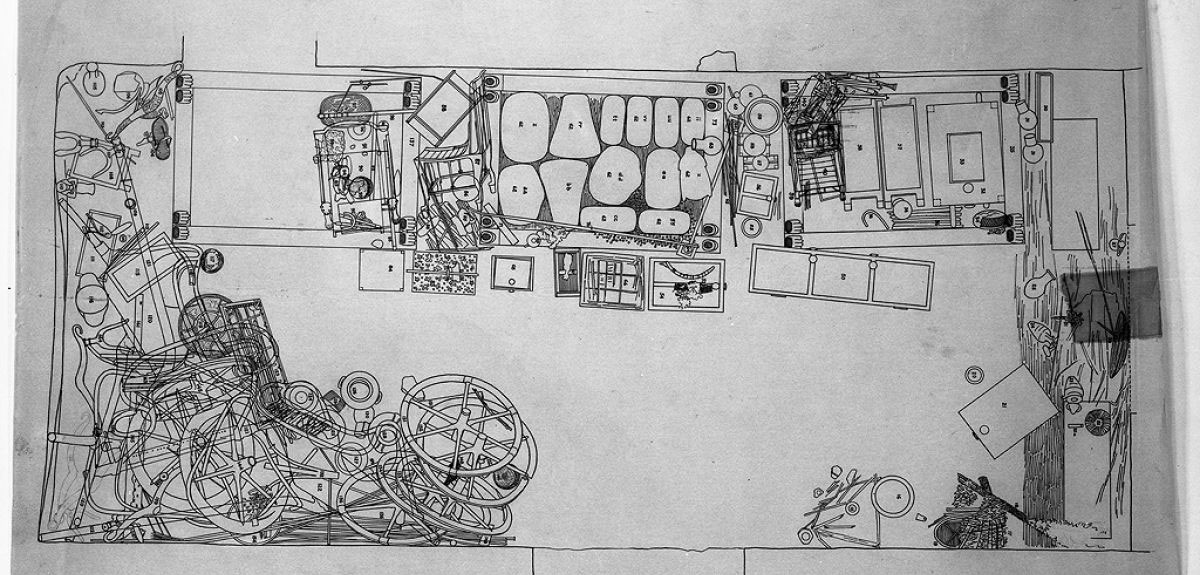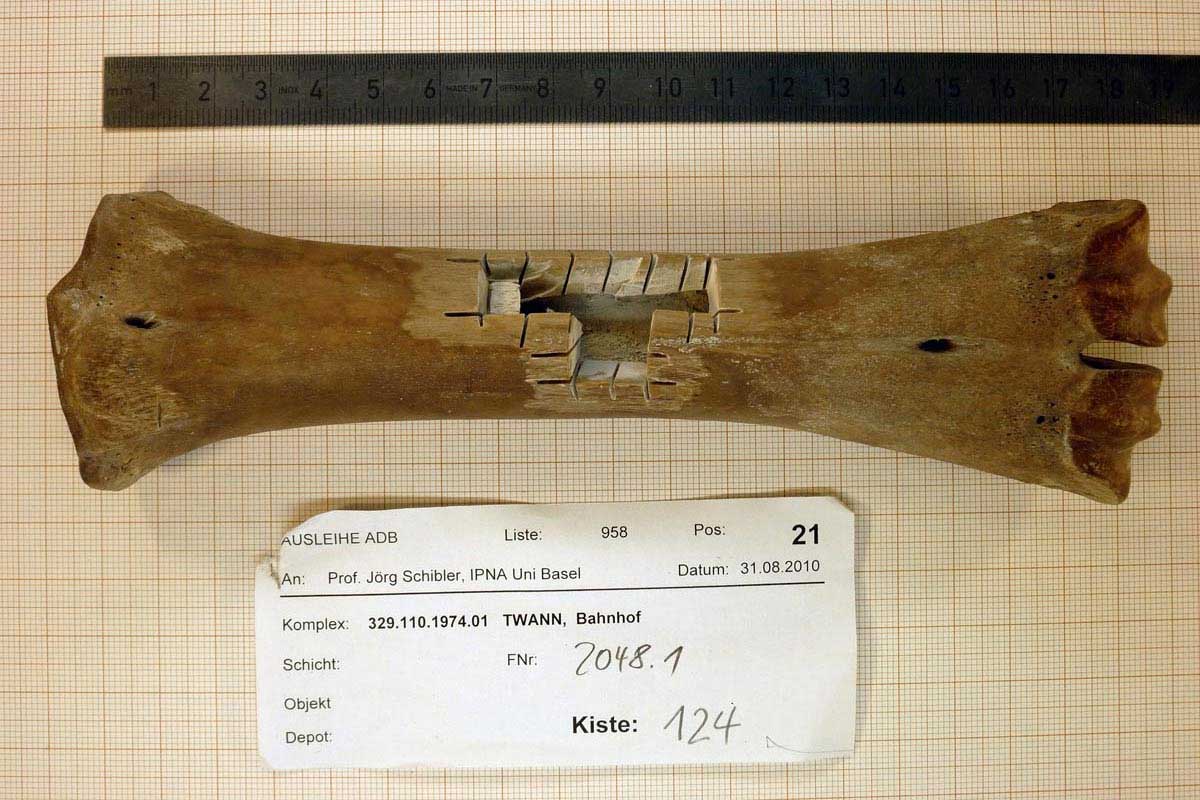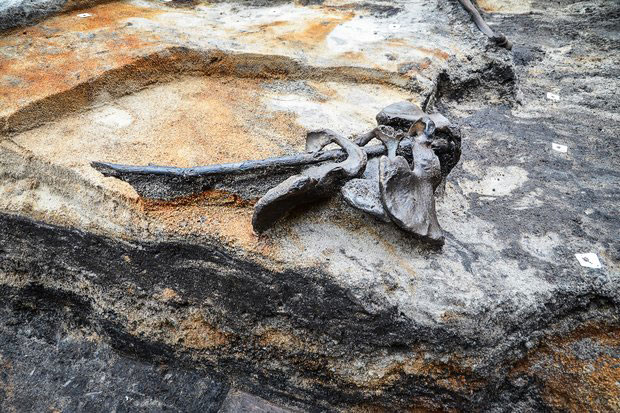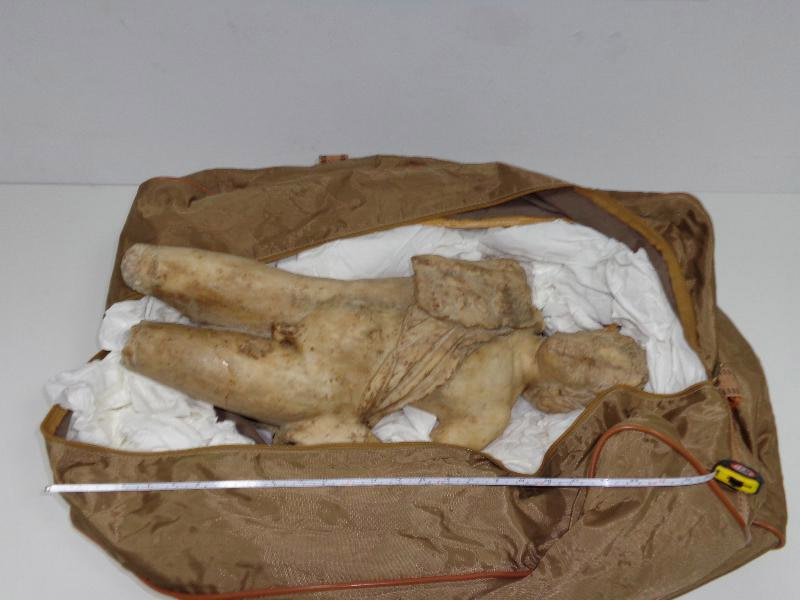Bogatyr, the life and death of a great warrior
Archaeologists named the man "Bogatyr" which means "Great Warrior". His physical appearance, the way he spent his life, the way he died and the way he was honored by his fellow tribespeople all indicate he was brave and respected.
Pebbled and decorated with black and white square patterns
Archaeologists excavating the massive Macedonian style tomb have now fully revealed the monumental entrance to the building having also brought to light its floor.
Ancient shipwreck with Phoenician artefacts has been located off Gozo
While the find has been reported in the local media, the exact location of the shipwreck will be diosclosed after experts finish their work.
Mayan city is rediscovered
We found the site with the aid of aerial photographs but were able to identify it with Lagunita only after we saw the façade and the monuments, says archaeologist Ivan Šprajc.
Amphipolis tomb interior is blocked by another wall
In a distance of 6m. from the entrance, the upper part of a marble blocking wall bearing an opening on its top left, has been revealed. Behind this wall, two more spaces are visible.
Geometric pottery trove revealed in Corinth
The group of well preserved decorated pottery vessels has been the most important group of finds from a tomb dated to 800-760 BC and unearthed back in 2006 in Panayia, Corinth.
Amphipolis tomb entrance keeps getting revealed
Another part of the entrance to the tomb was revealed that way, bearing decoration similar to the one seen on the side walls.
Richard III ate royal style
An analysis of his teeth, femur and ribs showed that the wine flowed generously at King Richard's table, and plates of game birds and fresh fish were plentiful.
19th c. alcohol discovered in contemporary mineral water bottle
Elements of the spirit, which is still drinkable, were contained in a sealed stoneware bottle recovered in June from the bottom of the Baltic Sea, during the exploration of a shipwreck in Gdańsk Bay, close to the Polish coast.
Kourion ancient earthquake victims revisited
Human remains representing a family whose members all died during the earthquake have been revealed, while their home provided the excavators a real window to the past.
Amphipolis tomb soon to reveal its secrets
Archaeologists resume work at the massive funerary monument revealed at Kasta Hill near Amphipolis expecting for more amazing discoveries.
Roman in the Provinces
The exhibition "Roman in the Provinces: Art on the Periphery of Empire" at the Yale University Art Gallery, New Haven, Conn. opens August 22, 2014.
Decades-old amber collection offers new views of a lost world
The massive collection of 20-million-year-old amber found in the Dominican Republic more than 50 years ago yields fresh insights into ancient tropical insects and the world they inhabited.
Drawings and journals from the discovery of Tutankhamun on show for the first time
Documents from Oxford University's Griffith Institute which shed light on the discovery of Tutankhamun’s tomb have gone on display to the public, many for the first time in their history.
Dinosaurs fell victim to perfect storm of events
Dinosaurs might have survived if the asteroid that killed them had struck slightly earlier or later, scientists say.
DNA find reveals new insights into the history of cattle in Europe
The DNA of a cattle bone shows genetic traces of the European aurochs and thus adds a further facet to the history of cattle domestication.
World’s largest solar boat on Greek prehistory mission
The world's largest solar boat will embark on a Greek mission to find one of the oldest sites inhabited by man in Europe.
Prehistoric dairy farming at the extremes
Finland's love of milk has been traced back to 2500 BC thanks to high-tech techniques to analyse residues preserved in fragments of ancient pots.
Violent aftermath for the warriors at Alken Enge
Ritual violence was perpetrated on the corpses of the many warriors who fell in a major battle close to the Danish town of Skanderborg around the time Christ was born.
Full Moon at the Acropolis Museum
The Acropolis Museum celebrates August Full Moon on Sunday 10 August 2014 with opera classics, film music and famous Greek melodies.
Nερό | Water
NEPO | WATER, a group exhibition of contemporary art and photography, will take place at the Old Primary School, Chora, Patmos, from 3-24 August 2014.
Smuggling ring arrested in Greece
A ring of illicit antiquities trade has been busted by the Greek police in cooperation with the Ministry of Culture and Sports after a two-month investigation.
Pasko Kuzman was sentenced to three years in jail
Pasko Kuzman, the former head of FYROM's Cultural Heritage Protection Office, has been sentenced to three years in jail.
Stolen Egyptian relief returns from Germany
A painted limestone relief that was stolen in the last century from the tomb of Sobekhotep was returned to Egypt from Germany last Wednesday.
